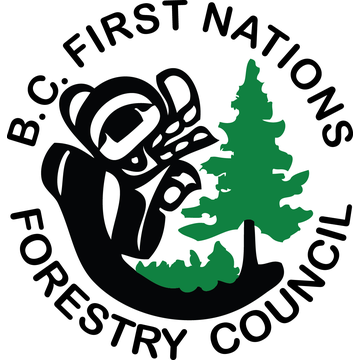
Features
Forestry Management
The un-UNDRIP sector: BC must endorse and commit to the First Nations Forest Strategy
August 17, 2021 By Charlene Higgins, Ph.D

Under B.C.’s current revenue sharing program, First Nations communities receive a share of stumpage the provincial government collects from harvesting activities on their territories. Since the program started in 2013, B.C. has shared less than six per cent of stumpage collected with First Nations. The current forest revenue sharing model must change so 50 per cent of stumpage revenues collected is shared with First Nations.
‘A Path Forward’
In 2018, as part of their commitment to advance the implementation of the UN Declaration on the Rights of Indigenous Peoples (UNDRIP) and reconciliation, the B.C. Ministry Forests, Lands, Natural Resource Operations and Rural Development (FLNRORD) committed to developing a new B.C. and First Nations Forest Strategy (the ‘Forest Strategy’) in collaboration with B.C. First Nations.
In 2019, this Forest Strategy was released, informed by almost 10 years of engagement with B.C. First Nations and developed in collaboration with the province. It provides a framework for how B.C. can meet their commitments for the alignment of forestry laws with UNDRIP informed by First Nations priorities. However, the government of B.C. is not living up to their commitment to First Nations. They have not endorsed or committed to the implementation of the Forest Strategy.
The Intention Paper released by the government June 3, 2021 sets out a vision to modernize B.C. forest policy, but it was developed with no input from First Nations and does not mention the Forest Strategy. The paper says that, to support reconciliation, there is a need to “increase economic and land management opportunities for Indigenous Peoples,” but does not identify actions to do so. The Forest Strategy has six main goals that identify concrete steps the B.C. government can take to advance reconciliation and support the implementation of UNDRIP. This includes shared decision making, a collaborative approach to forest governance and stewardship, and access to a meaningful share of forest revenues derived from forest lands and resources in Indigenous territories.
The Forest Strategy has been endorsed by the First Nations leadership and supported by the B.C. First Nations Leadership Council through resolutions passed by the Union of B.C. Indian Chiefs, the First Nations Summit and the B.C. Assembly of First Nations.
Time for action
What should economic reconciliation look like? Objectives outlined under Goal 2 of the Forest Strategy include: the forest revenue sharing model must change to increase the share of revenues with First Nations; First Nations should share in the economic benefits derived for forest lands and resources on their territories; and forest revenue sharing will support First Nations governance capacity, and a modernized government-to-government relationship.
With economic inclusion and the meaningful sharing of forest revenues and resources through tenure reform and other tools, First Nations can unlock billions of dollars and be partners in building a strong, diverse, inclusive forest sector in B.C.
According to Carol Anne Hilton in Indigenomics, Taking a Seat at the Economic Table, “Economic reconciliation must establish the foundation for building an inclusive economy – this is the journey from invisibility to inclusivity of Indigenous Peoples. Economic reconciliation is the process of creating and facilitating meaningful partnerships and mutually beneficial opportunities to support Indigenous economic prosperity and inclusion.”
So, what has to change in B.C.? A lot. The B.C. government must live up to its commitment and endorse and implement the Forest Strategy, which outlines a framework to support the implementation of UNDRIP and advance reconciliation. The Forest Strategy should be used to inform work under the Intention Paper to modernize forest policy and forest sector transition with First Nations as full partners.
It’s time for the B.C. government to put words into actions to advance economic reconciliation and Indigenous prosperity and inclusion in the forest sector. Meaningful sharing of forest revenues with all First Nations, not just some, supports Indigenomics, and economic reconciliation with First Nations as full partners in the forest sector.
The time for talk is over. It’s time for action.
Charlene Higgins, Ph.D, is the chief executive officer of the BC First Nations Forestry Council. She has over 20 years working with Aboriginal organizations and communities and has worked with the B.C. First Nations Forestry Council since 2009.
Print this page